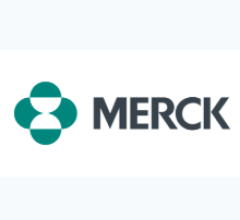
August 22, 2012 — Placement of an endovascular stent has become a common procedure for successfully reopening blocked arteries. Even so, the treated vessel may once again narrow (restenosis), restricting blood flow. In the femoral and popliteal arteries in the leg, the use of nitinol stents magnifies this problem, and about 20 to 40 percent of these stent patients experience restenosis two years after angioplasty. Now, an improved radiation technique may provide a safe and effective solution.
Implantation of the nitinol stent has improved angioplasty outcomes for occlusion of the femoropopliteal arteries, increasing the use of this minimally invasive alternative to surgery. However, stents also exhibit a high rate of in-stent stenosis — new narrowing within the stent due to the vessel’s exaggerated wound healing response. Endovascular brachytherapy is one option for treating this condition.
In some vessels, such as the coronary arteries, radiation localized to the treatment area has been able to prevent recurrent restenosis. Unlike coronary stents, however, femoropopliteal stents have not shown improved response to radiation in the past; results were similar to those after performing angioplasty alone.
The authors of an article in the current issue of the Journal of Endovascular Therapy evaluated the effectiveness of endovascular brachytherapy using liquid beta-emitting rhenium-188 delivered in an angioplasty balloon, an improvement over earlier delivery methods. The balloon provides more accurate dose control than previous catheter techniques. In the clinical setting, the use of beta radiation also offers logistical advantages over the gamma radiation used in previous trials.
Ninety patients underwent angioplasty and endovascular brachytherapy for long-segment in-stent stenosis in the femoropopliteal segment. The treated stents were open in 95 percent of the cases at six months after brachytherapy and in 80 percent at one year. Only nine patients experienced in-stent stenosis and 10 had reocclusion of the treated segment of the artery. At 12 months, 62 percent of the patients showed clinical improvement.
For more information: http://jevt.org/toc/enth/19/4


 November 12, 2025
November 12, 2025 









